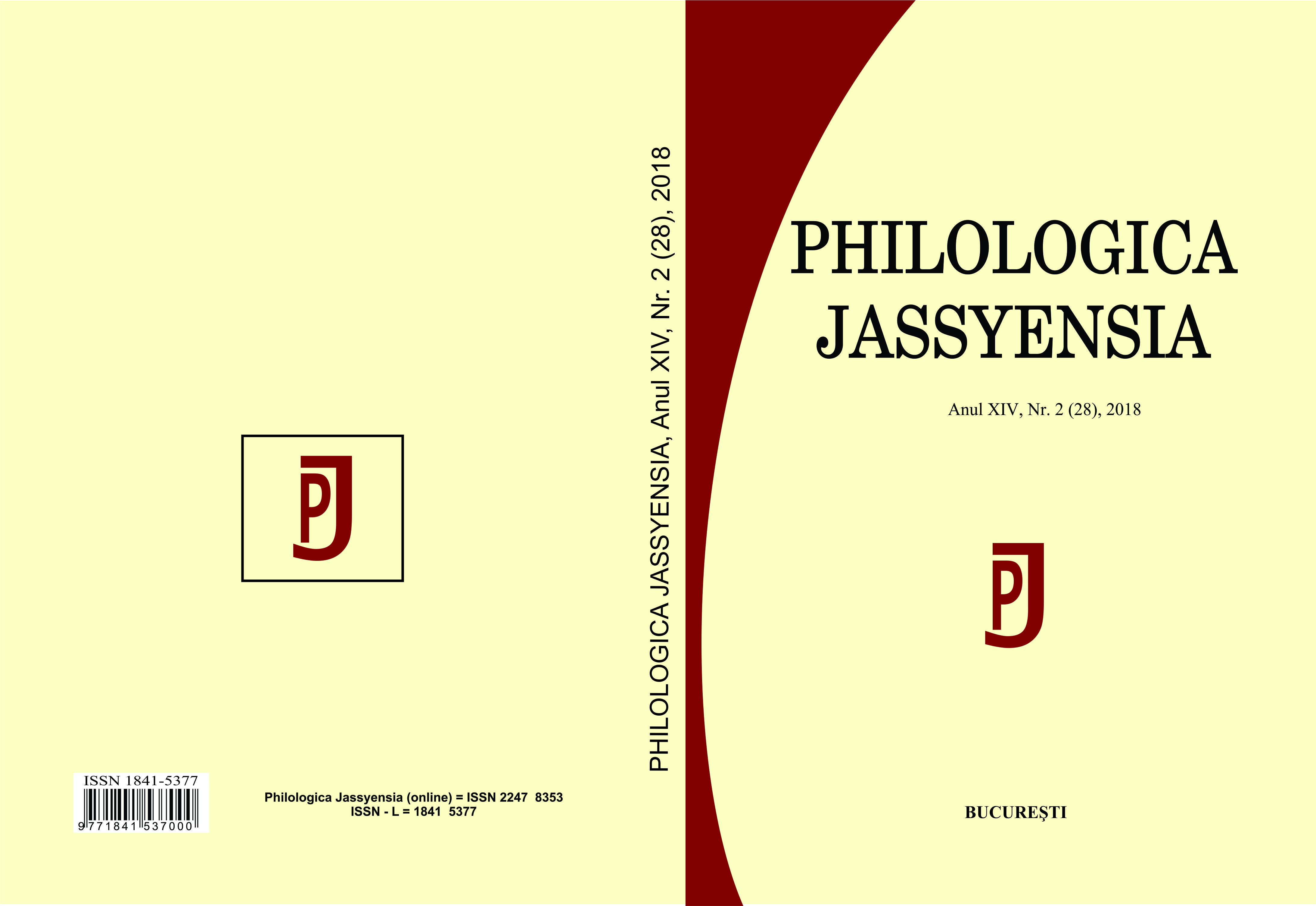Queriba una cosa y traiba otra. Los pretéritos imperfectos analógicos en español
Queriba una cosa y traíba otra. Analogical Imperfect Preterits in Spanish
Author(s): Enrique PatoSubject(s): Language and Literature Studies, Morphology
Published by: Editura Tracus Arte
Keywords: imperfect indicative; analogy; vernacular universal; Spanish;
Summary/Abstract: This paper synthesizes the geographical distribution of analogical imperfect preterits in Spanish and the hypotheses about its formation (based on Menéndez Pidal 1904, Lapesa 1942, and Alvar & Pottier 1983, among others). Its historical documentation in Old Spanish (Medieval and Classic) shows that it is attested basically in Alto Aragonese texts, and in texts with Aragonese taste (for example in Juan Fernández de Heredia’s work). As Sanz-Sánchez (2011) points out, the verbs that create these analogical forms are both with final consonant root (com-er ‘to eat’ > comíba) and final vowel root (tra-er ‘to bring’ > traíba/ tráiba). Regarding the position of the accent, the Corpus del español: Web/ Dialectos (Web/ Dialects) data reveal that the use of bisyllabic forms (trái-ba) is favored over the use of trisyllabic forms (tra-í-ba). This same data indicates that El Salvador and Mexico are the countries where most analogical imperfect preterits are documented, although the feature can be registered throughout the Americas: the Caribbean, Central America, Andean, and Río de la Plata countries (Rosenblat 1965, CORPES XXI, Sanz-Sánchez 2011). The Corpus oral y sonoro del español rural (‘Audible Corpus of Spoken Rural Spanish’, COSER) data exhibit that in rural Spanish trisyllabic forms (tra-í-ba) are favored. Despite the fact that this is a (vulgar) rural phenomenon, geolocalizated Twitter data shows that it also appears in urban speakers. Its extension to other polysyllabic verbs is confirmed as well by geolocalizated Twitter data (responder ‘to answer’ > respondíbas, conducir ‘to drive’ > conducíba). Furthermore we present the analogical process of these forms, following the model proposed by Rini (1999). Finally, we understand this phenomenon as a vernacular universal (Chambers 2004, Szmrecsanyi & Kortman 2009), since it is recorded in all vernacular varieties of Modern Spanish (from the Spanish spoken in the United States to the Argentinian variety), the feature does not depend on the geographical criterion, it uses one of its morphemes (imperfect indicative past in -ba), and is documented in other Romance languages (Italian, Gascon, some of the regional varieties of Catalan, and Portuguese).
Journal: Philologica Jassyensia
- Issue Year: XIV/2018
- Issue No: 2 (28)
- Page Range: 83-100
- Page Count: 18
- Language: Spanish

